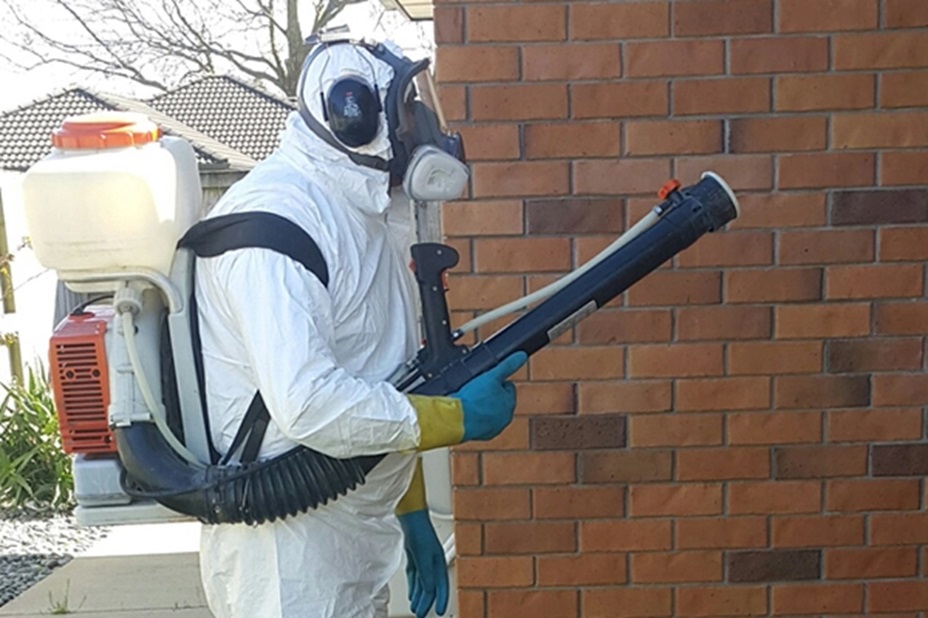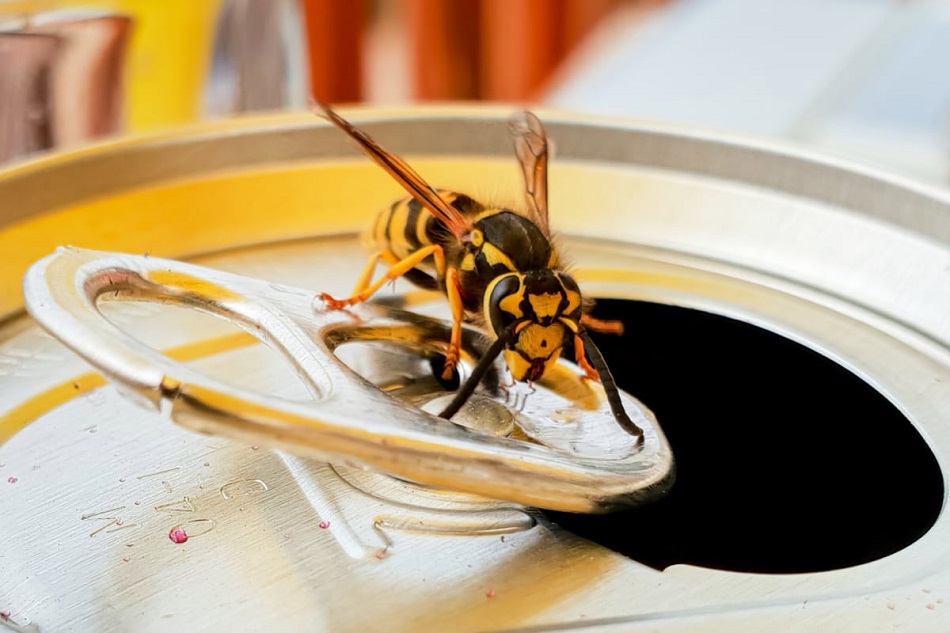With every heavy rainstorm, unwanted visitors dart across kitchen floors and bathroom tiles. Cockroaches appearing indoors as if they are programmed to show up is not a coincidence; your region’s infamous weather patterns follow a predictable pattern. Illinois has an average of 38 inches of rain per year, only for intense summer storms to push these hardy little critters right into homes looking for dry shelter.
With saturated soil, flooded hiding spots outdoors, and the warm-dry ambient temperature of your house, they are primed in a perfect storm to invade your home. These encounters are not just unpleasant; they can become genuine health hazards to your family. However, we often find that dealing with these post-storm pest invasions using professionals from Reliable Pest Solutions serves the best, long-term solution.
Why Cockroaches Flee Outdoors During Heavy Rains
Cockroaches have been shown to survive underwater for 40 minutes, but extended time spent in wet conditions proved detrimental to their breathing. Midwest storms that drop several inches of rain in a short time create an actual survival crisis for outdoor roaches.
The timing is especially problematic across the Midwest. Although summer storms can create ideal conditions for breeding pest populations, cockroaches are typically most active and at peak breeding season before rainy days ever come into play. Over 45 inches of precipitation is reported in Michigan alone, and most of this water happens during the summer months, when roach activity is at its highest.
Hidden Areas Indoors Where Roaches Quickly Settle
- Those appliances on the backside – The heat from the cold fridge, dishwasher, and stovetop make for great microclimates
- Bathroom fixtures – Areas underneath sinks, behind toilets, and anywhere moisture levels are maintained near a bathtub
- Corners in the basement – particularly most angle points in which you have a water heater, washing machine, and the utility room.
- Cardboard storage spaces – Boxes offer both protection and food, as roaches consume newspaper
- Wall voids – Tiny fissures near plumbing or electrical outlets provide sheltered passages around your house
Health Concerns Linked to Post-Rain Cockroach Surges
These post-storm cockroach invasions carry more than the ick factor; they can also pose real health hazards to your home. It is interesting to note that they carry over 30 different bacteria, some of them cancer-causing, like Salmonella and E.coli, and spread them all out as they scuttle around in your home.
Allergens found in their excrement, shed skin, and saliva cause asthma, specifically in kids. Cockroach allergens are one of the top three triggers of asthma in children, according to the American Lung Association, and symptoms may worsen during summer months when their populations increase with humidity.
They walk across countertops, on plates, and on food, and contaminate our food sources after crawling through the sewers and garbage. As nocturnal insects, they spread bacteria while you are fast asleep, leaving invisible trails of contamination all over your kitchen and dining areas.
Why Professional Pest Support Matters During Rainy Seasons
Professionals know how the Midwest’s weather patterns present specific challenges. They are aware of the entry points for storm-driven roaches and the breeding sites that most homeowners do not consider. They inform the Ohio Department of Health that professional treatments can be up to 75% more effective in producing long-term cockroach control than over-the-counter products.
Reliable Pest Solutions created unique and detailed procedures for post-storm pest invasions in areas around the Midwest. They combine custom therapies with preventive defenses that better protect homes against tomorrow’s weather-related bug challenges. They not only target the existing infestations but also deal with the root cause of the problem that makes a house susceptible after heavy rains.
Professional intervention is certainly warranted, but timing is everything. If weeks pass after a storm, numbers can establish breeding cycles, and eradication becomes much more complex and expensive. Minor invasions post-storm, if caught early with a professional assessment, will help prevent these issues from becoming extreme issues in the household altogether.





